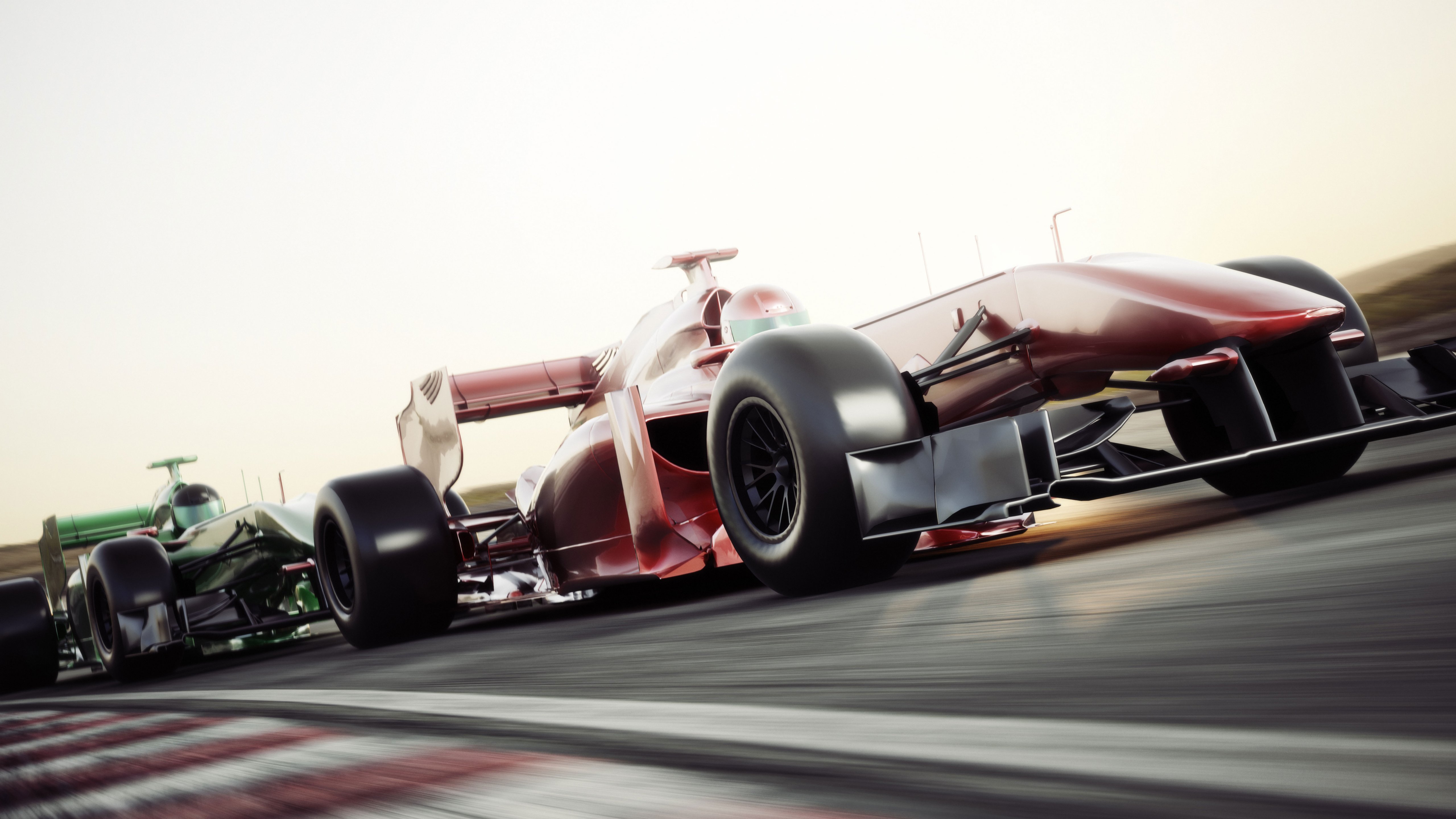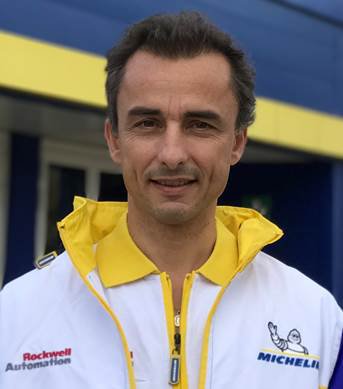Motorsport has always been a moving feast – in every sense of the word. From the experimental pioneers of the early 20th century, to the expertise, analytics and technological innovation that bolster this pastime today, motorsport has undergone rapid shifts in performance and sustainability – as well as safety, speed and social awareness.
Perhaps the biggest of those shifts however, has been the endeavour to encompass motorsports into a post-fossil fuels world. Climate change is a real concern for a growing number of us, and electric (“e”) racing has been a welcome beacon to begin moving this industry into the future.
While not necessarily a new concept, electric racing only took off after the Formula E championship was announced, and there was never a moment’s doubt that we would be involved in this movement.
Michelin is passionate about sustainable racing – not just from an innovation standpoint, but also from the point of view of waste reduction and improving solutions for the millions of everyday drivers on our city streets.
Many of the innovations we take for granted in our cars today, come from the world of motorsports, so being at the forefront of the leading pioneers of e-racing was always a must.
In order to understand how we do this, it’s important to be aware that electric cars with battery-powered engines will always demand greater efficiency than cars with a standard combustible engine.
Whether that’s in terms of minimising wind resistance in the design of the car itself, or reducing the rolling resistance of the tyres, the discipline of Formula E is such that waste reduction is part of their DNA.
So we specifically designed our Formula E tyres with tech that’s transferable for the road. The treaded design means that they don’t need to be changed when it rains, and that the rolling resistance is reduced enough that drivers and engineers can run their cars at higher battery outputs throughout the race
Drivers only get two sets of tyres per event (compared to up to 13 sets for an F1 circuit), thus reducing waste and improving our carbon footprint. They are also lighter than the previous seasons’ tyres, meaning they need less raw material to produce, and are easier to ship around the world, lowering CO2 emissions even further.
But of course, the world of motorsport never sits still. We want to reduce the sets by half again and continue driving forward the sustainability agenda. The question is how do we continue delivering at a time when so much is changing around us so quickly? How can we continue improving and bettering ourselves, when so many other businesses would be happy to settle?
We believe that innovation in mobility is vital for this kind of growth and success. Central to our ability to manage increasing demands for products with more sustainability credentials, are industrial automation, power, control, and industrial software and data analytics. This can help us to understand how our tyres are being used, and what can be done to make better use of their existing performance.
But we cannot do this alone. The solutions to help us on our way can only come from strong partnerships. This is why we also work with Rockwell Automation to leverage performance of our industrial assets, and design next-generation machines.
With climate change continuing to prove one of our biggest global challenges, only through truly working together, across different borders, brands and industries, can we hope to make a difference.


